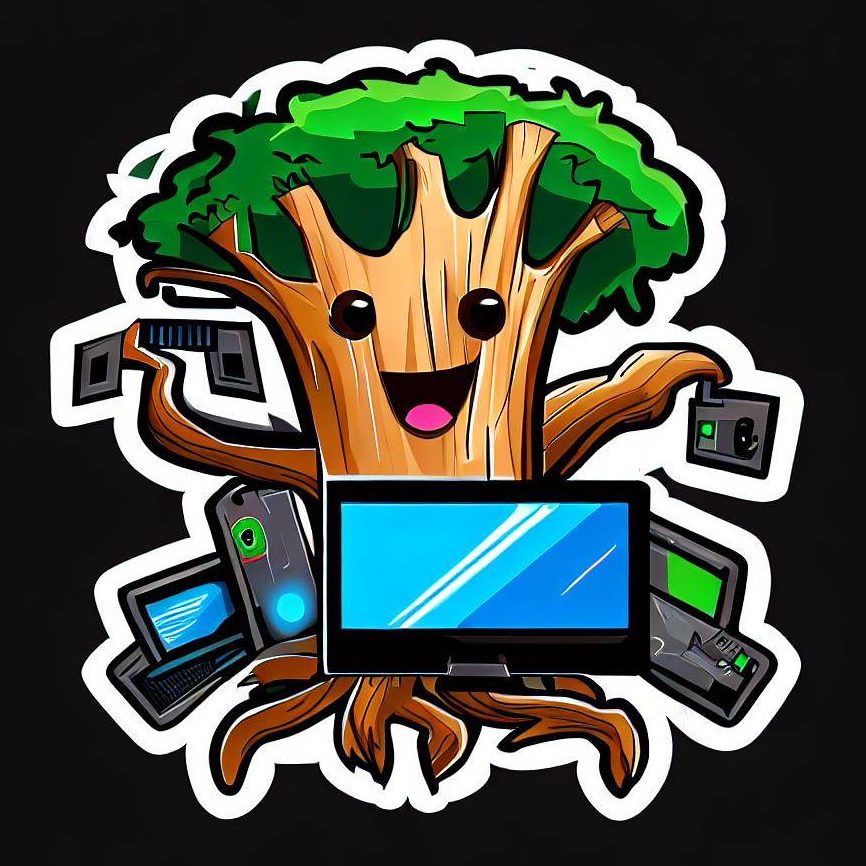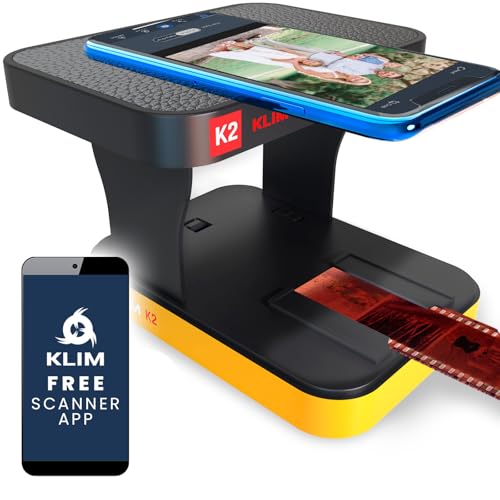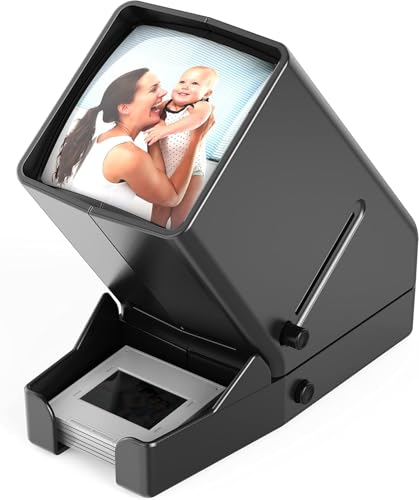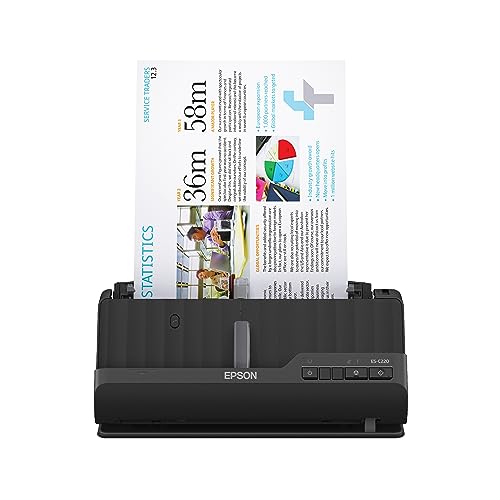# How to Convert Your Old Film and Slides to Digital with Kodak SCANZA
If you have a collection of old film negatives and slides that you want to preserve and share, you might be wondering how to digitize them. One of the easiest and most affordable ways to do that is with the Kodak SCANZA Digital Film & Slide Scanner, a device that can convert 35mm, 126, 110, Super 8 and 8mm film formats to JPEG files in seconds. In this article, we will review the features, benefits, and drawbacks of this scanner, and compare it with some of the best film scanners on the market. We will also provide some tips on how to use it and where to buy it.
Features of Kodak SCANZA

The Kodak SCANZA is a compact and lightweight scanner that measures 4.7 x 4.7 x 5 inches and weighs 16.2 ounces. It has a built-in 3.5-inch LCD screen that allows you to preview and edit your images before saving them to an SD card (not included). It also has an HDMI output that lets you connect it to a TV or monitor for larger viewing.
The scanner comes with multiple film inserts and adapters for different film sizes, as well as a cleaning brush and a video cable. It has a simple user interface with one-touch buttons for scanning and saving. You can adjust the brightness, color, and resolution of your images, as well as rotate and flip them. The scanner can scan at 14 or 22 megapixels, depending on your preference.
The scanner can process up to six frames of 35mm film or three frames of 110 or Super 8 film at a time. You can also scan individual slides using the slide adapter. The scanning speed varies depending on the resolution and film size, but it usually takes less than a minute per frame.

Benefits of Kodak SCANZA
One of the main benefits of the Kodak SCANZA is its ease of use. You don’t need a computer or software to operate it, just plug it in, insert your film or slide, and press the scan button. The scanner will automatically detect the film type and size, and adjust the settings accordingly. You can also manually tweak the settings if you want more control over the output.
Another benefit of the Kodak SCANZA is its versatility. It can handle a wide range of film formats, including some rare ones like Super 8 and 8mm. It can also scan both color and black-and-white negatives and slides, as well as positive slides. You can save your images as JPEG files on an SD card (up to 128GB), or transfer them to your computer via USB cable (not included).
A third benefit of the Kodak SCANZA is its affordability. Compared to some other film scanners on the market, it offers a good value for money, especially if you have a lot of film to digitize. It also comes with a one-year warranty from Kodak.
Drawbacks of Kodak SCANZA
The Kodak SCANZA is not without its flaws, however. One of the drawbacks of this scanner is its image quality. While it can scan at high resolutions, it does not have an optical density or a color depth rating, which means it may not capture the full range of tones and colors in your film. Some users have reported that the images are too bright, too dark, or too grainy.
Another drawback of the Kodak SCANZA is its cropping issue. The scanner may crop some parts of your images when it is not necessary, especially if your film is not aligned properly in the holder. This can result in losing some important details or compositions in your photos.
A third drawback of the Kodak SCANZA is its durability. Some users have complained that the scanner stopped working after a few months or years of use, or that some parts broke or malfunctioned. The scanner may also overheat if used for too long.

Comparison with Other Film Scanners
To help you decide if the Kodak SCANZA is the right scanner for you, we have compared it with some of the best film scanners available in 2023. Here is a table that summarizes their main features and prices:
| Scanner | Resolution | Optical Density | Color Depth | Batch Scanning | Supported Film Types | Price |
|---|---|---|---|---|---|---|
| Kodak SCANZA | 14/22 MP | N/A | N/A | No | 35mm color and mono negatives; positive slides; Super 8; 8mm; 110; 126 | $149.99 |
| Plustek OpticFilm 8200i SE | 7200 dpi | 3.6 Dmax | 48-bit | No | 35mm color and mono negatives; positive slides | $399.00 |
| Epson Perfection V600 Photo | 6400 dpi | 3.4 Dmax | 48-bit | Yes | 35mm color and mono negatives; positive slides; medium format; 4×5 inch | $229.99 |
| KODAK Mini Digital Film Scanner | 14/22 MP | N/A | N/A | No | 35mm color and mono negatives; positive slides; 110; 126 | $129.99 |
| Minolta Revive 5 | 22 MP | N/A | N/A | No | 35mm color and mono negatives; positive slides; Super 8; 8mm; 110; 126 | $149.95 |
As you can see, the Kodak SCANZA is the cheapest scanner among these options, but it also has the lowest image quality and the least features. The Plustek OpticFilm 8200i SE is the most expensive scanner, but it also has the highest image quality and the most features. The Epson Perfection V600 Photo is a good middle-ground option, as it offers a decent image quality and a batch scanning feature. The KODAK Mini Digital Film Scanner and the Minolta Revive 5 are similar to the Kodak SCANZA in terms of price and functionality, but they have different designs and user interfaces.
How to Use Kodak SCANZA
Using the Kodak SCANZA is fairly straightforward, but here are some tips to help you get the best results:
– Before scanning, make sure your film or slide is clean and free of dust, fingerprints, or scratches. You can use the cleaning brush provided or a soft cloth to gently wipe your film or slide.

– Insert your film or slide into the appropriate holder or adapter, and align it with the markings on the holder or adapter. Make sure your film or slide is flat and not bent or curled.
– Insert the holder or adapter into the slot on the right side of the scanner, and push it until it clicks into place.
– Turn on the scanner by pressing the power button on the back of the scanner. The LCD screen will light up and show you the main menu.
– Select the film type and size from the main menu using the arrow buttons on the top of the scanner. You can also adjust the brightness, color, and resolution settings from this menu.
– Press the OK button to enter the scan mode. You will see a preview of your image on the LCD screen. You can use the arrow buttons to rotate or flip your image if needed.
– Press the scan button to scan your image and save it to your SD card. You will see a confirmation message on the LCD screen.
– Repeat steps 6 and 7 for each frame of your film or slide. You can use the forward and backward buttons on the bottom of the scanner to move your film or slide through the holder or adapter.
– When you are done scanning, press the menu button to exit the scan mode. You can browse your scanned images from the gallery option on the main menu.
– To transfer your scanned images to your computer, connect your SD card to your computer using a card reader (not included), or connect your scanner to your computer using a USB cable (not included). You can then copy or edit your images as you wish.
Where to Buy Kodak SCANZA
If you are interested in buying the Kodak SCANZA Digital Film & Slide Scanner, you can find it on Amazon, where it has over 10,000 ratings and an average of 4.2 stars out of 5. Here are some of the positive and negative reviews from verified buyers:
Positive Review: “I bought this scanner to digitize hundreds of old slides from my parents’ collection. I was pleasantly surprised by how easy it was to use and how fast it scanned each slide. The image quality was good enough for me, considering these slides were over 40 years old. I was able to save them on my computer and share them with my family online. I would recommend this scanner to anyone who wants to preserve their old memories.”
Negative Review: “I was disappointed by this scanner. It cropped some of my images without my permission, and it made some of them too bright or too dark. The resolution was also not very high, and I could see some graininess and noise in my images. The scanner also got very hot after a while, and I had to turn it off to let it cool down. I would not recommend this scanner to anyone who cares about image quality.”
If you want to buy this scanner, you can click [here] to go to Amazon’s product page, where you can check out more details, reviews, and prices.
Conclusion
Link direct:
Click to Buy!











